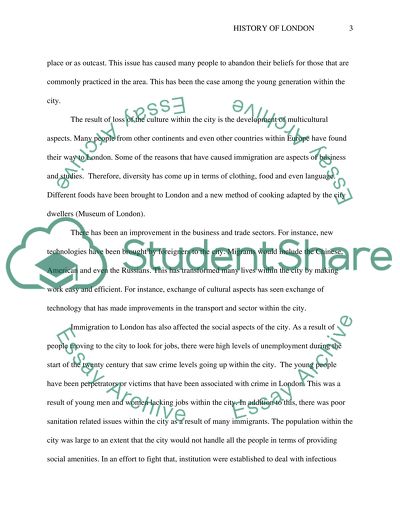Cite this document
(“History of London Essay Example | Topics and Well Written Essays - 2500 words”, n.d.)
Retrieved from https://studentshare.org/history/1396273-history-of-london
Retrieved from https://studentshare.org/history/1396273-history-of-london
(History of London Essay Example | Topics and Well Written Essays - 2500 Words)
https://studentshare.org/history/1396273-history-of-london.
https://studentshare.org/history/1396273-history-of-london.
“History of London Essay Example | Topics and Well Written Essays - 2500 Words”, n.d. https://studentshare.org/history/1396273-history-of-london.


